| Umělec magazine 2008/2 >> Vision of a Czech Cultural Apocalypse in Two Acts | List of all editions. | ||||||||||||
|
|||||||||||||
Vision of a Czech Cultural Apocalypse in Two ActsUmělec magazine 2008/201.02.2008 Ivan Mečl | visions | en cs de es |
|||||||||||||
|
Dear readers,
That which takes place on the following pages, can easily be re-enacted on the stages of many proving grounds that remain after complete loss of identity, to imitate the dances of their mammoth neighbors in vain attempts at an original gesture. These include, say, the happenchance enrichment of Slovenia, the unjust impoverishment of Moldavia and the complete incomprehension of Belgium. I have selected for you two new literary works that allegedly address predictions on the moral and artistic collapse of this small Central European, post-Slavic region, cut off from the West by the neo-cult Germany-Austria and from the East by the Catholic Poland-Slovakia. Only the residents of the Czech lands learn about the country’s continuous history. For the rest of the world, this continuum lacks substantiation. The country could exist only during the brief periods of collapse of its neighbours, who otherwise boast long historical traditions. Between the 15th and 17th centuries the elite and intelligentsia were murdered, or they murdered each other. Later the Germanic tribes destroyed both the forbidden Czech language and most of its written treasures. Today’s version of the language represents linguistic archaeology and a testament to the theft of words from our brothers during the unsuccessful pan-Slavic conspiracy of nations. The result became a complicated, Slavic Esperanto that Czechs have been learning in their schools for almost twenty years now. Even so, they still cannot express themselves properly and no Czech writes without errors. Because many of it principles and fundamental premises are inexplicable, it is impossible for foreigners to learn the language. The Czech Republic is several times smaller than England, France or Germany. Its history is much shorter, but books that make up Czech literature are just as voluminous. We will find in them, well at least in many of them, nonsense and trivialities, that most sound-minded theoreticians would, for fear of eternal shame, never allow to see the light of day. Thus the handful of true geniuses easily get lost in such a flood. Certain important people in Czech cultural history are not considered important at all. Importance, after all, is measured by the volume of texts publishabed in the Czech language. Publishability in this case means the ability to combine any Czech words whatsoever in a row, regardless of any natural logic or meaning. Contemporary intellectuals are well aware of these errors, but they do not wish to make any corrections for fear that it might be necessary to deconstruct all of the Czech cultural heritage. More courageous authors however try at least, with the help of jokes and satire, to draw attention to this tragicomic situation. Milan Kozelka, author and visual, action artist, put together the following drama for his narrative book, Tenkrát na Kdysissippi (Once upon a time in Whenissippi). This narrative was refused by the publisher, allegedly on the grounds that there were too many actual characters, who could possibly later complain about their roles. The author is currently adapting the text for use as a theatrical piece.
01.02.2008
Recommended articles
|
|||||||||||||
|
04.02.2020 10:17
Letošní 50. ročník Art Basel přilákal celkem 93 000 návštěvníků a sběratelů z 80 zemí světa. 290 prémiových galerií představilo umělecká díla od počátku 20. století až po současnost. Hlavní sektor přehlídky, tradičně v prvním patře výstavního prostoru, představil 232 předních galerií z celého světa nabízející umění nejvyšší kvality. Veletrh ukázal vzestupný trend prodeje prostřednictvím galerií jak soukromým sbírkám, tak i institucím. Kromě hlavního veletrhu stály za návštěvu i ty přidružené: Volta, Liste a Photo Basel, k tomu doprovodné programy a výstavy v místních institucích, které kvalitou daleko přesahují hranice města tj. Kunsthalle Basel, Kunstmuseum, Tinguely muzeum nebo Fondation Beyeler.
|








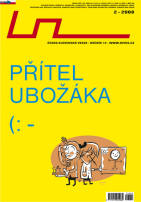












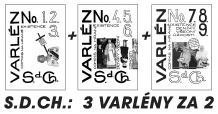




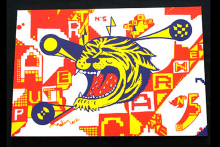
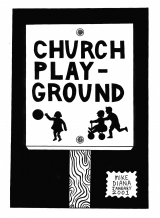
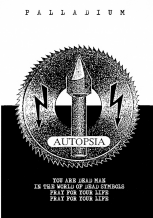
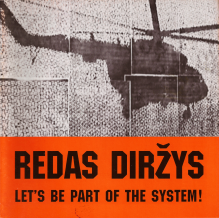


 New book by I.M.Jirous in English at our online bookshop.
New book by I.M.Jirous in English at our online bookshop.
Comments
There are currently no comments.Add new comment